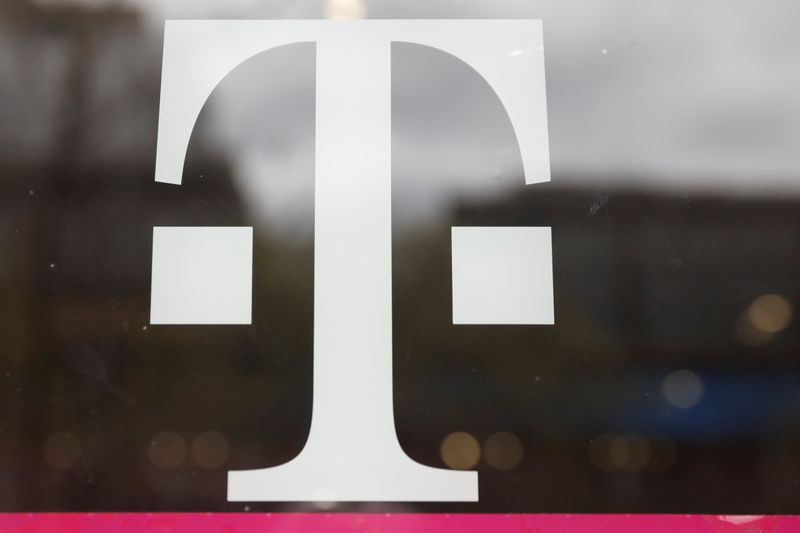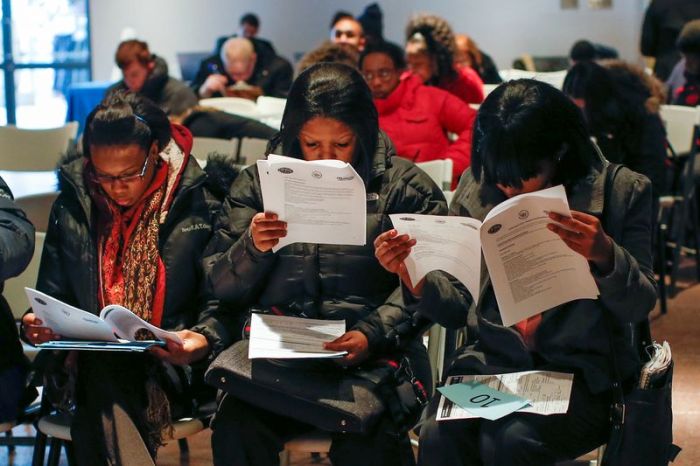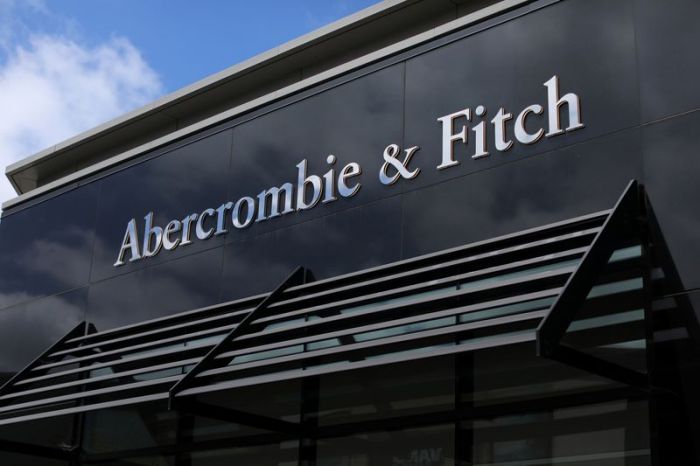(Reuters) – T-Mobile US Inc <TMUS.O> said on Wednesday it added more monthly bill paying phone subscribers than expected in the first quarter, thanks to a surge in demand for cheaper phone services as people work from home amid coronavirus lockdowns.
The telecoms operator said it was confident it would emerge strongly from the pandemic as it expects to lure customers from rivals with its lower priced services.
However, the company did not give a full-year outlook, citing uncertainty linked to the pandemic, following in the steps of its competitors AT&T Inc <T.N> and Verizon Communications <VZ.N>.
Shares rose 0.60% in after-market trading.
T-Mobile added 452,000 net new monthly paying phone subscribers in the first quarter, above analysts’ estimates of 426,000, according to research firm FactSet.
The company’s postpaid phone churn, or the rate of customer cancellations, for the first-quarter was 0.86%, compared to 0.88% last year, reflecting store closures and nationwide stay-at-home orders.
As millions of people in the United States have lost their jobs, T-Mobile Chief Executive Mike Sievert said he expected budget-constrained customers to be attracted to the company’s services.
“I expect that AT&T and Verizon customers will most certainly be looking to get out from under their high monthly bills in search of a better value,” Sievert said during an earnings call.
The company posted a marginal rise in revenue to $11.1 billion from a year earlier, but missed expectations of $11.4 billion.
T-Mobile had closed 80% of its stores to comply with the lockdowns. However, an increase in service revenue offset the fall in demand.
The company said it was expanding its 5G rollout as demand continues to rise during the lockdowns and that it built over 1,000 network sites in April. T-Mobile Chief Technology Officer Neville Ray said the network is “growing like a weed.”
The report was the first since T-Mobile closed its $23 billion merger with Sprint Corp in April and switched its executive leadership.
The company said the coronavirus pandemic would continue to negatively impact in the second quarter while it integrated Sprint’s network.
T-Mobile expects to add up to 150,000 net monthly phone subscribers in the second quarter. The company said that its merger-related costs would range from $500 million to $600 million before taxes and its COVID-19 pandemic-related costs would be between $450 million to $550 million before taxes.
Last week, T-Mobile said in a preliminary report that Sprint lost 348,000 monthly phone subscribers in the first quarter, more than double the amount of Sprint’s subscriber losses from last year.
The filing also said that Sprint defines subscribers differently from T-Mobile and that the Sprint results would be materially lower once T-Mobile reporting policies were applied. Sprint’s standalone results for the first quarter are expected to be released in May.
(This story has been refiled to correct typo in paragraph 2).
(Reporting by Anirban Sen and Neha Malara in Bengaluru and Arriana McLymore in Raleigh, North Carolina; Editing by Arun Koyyur, Rosalba O’Brien and Jane Wardell)






















